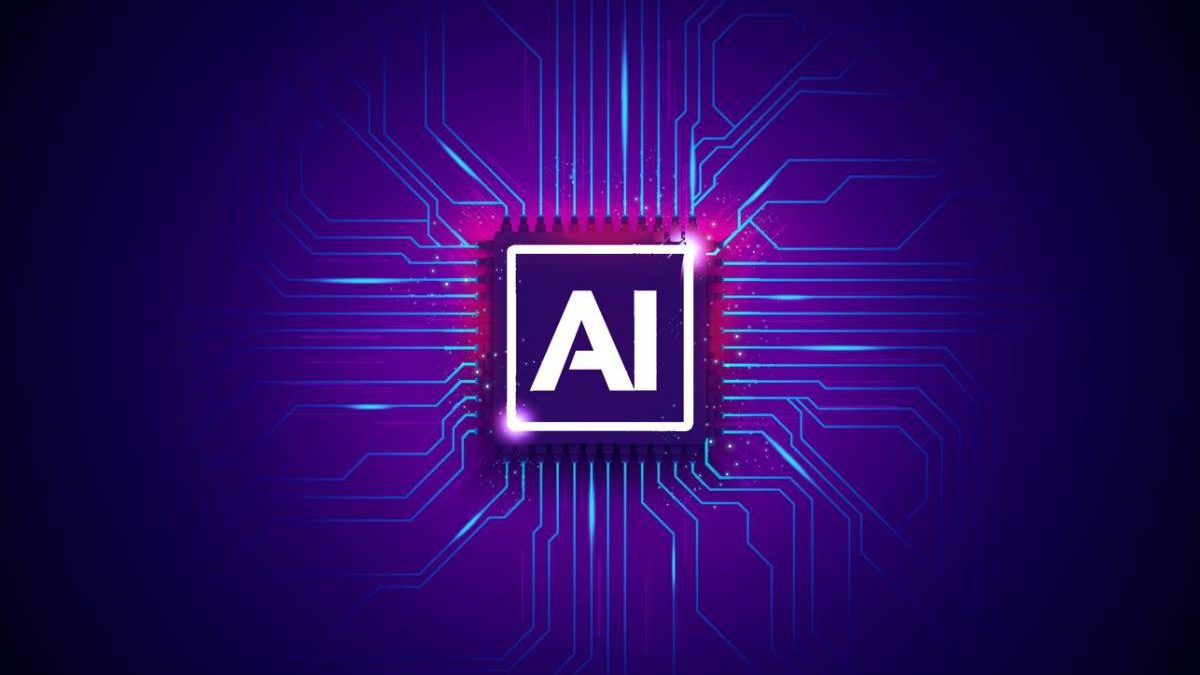Enhancing User Experience with Integration of AI in Design
Today, almost every business sector is incorporating artificial intelligence to automate their processes, reduce costs and improve efficiency. Artificial intelligence is also changing how brands and marketers look at user experiences.
User experiences affect how users feel when interacting with a brand’s site, mobile app, or device. A strategic UX design can positively influence your brand’s user experience, initiating a sense of loyalty among your customers. Fortunately, the rise of innovative technologies like AI and machine learning is giving businesses a more powerful way of giving their customers a robust user experience.
So, how is artificial intelligence in design enhancing user experience? This article explains how AI and UX design are working together to enhance a customer’s user experience when visiting a site or app.
Table of Contents
Understanding the role of artificial intelligence in UX design
AI has become a key part of the user experience design process. This innovative technology empowers designers to make data-backed decisions that boost their user’s experience. With AI-based systems, product designers can gain valuable insights into their users’ behavior, effectively recognize patterns, and accurately predict their customers’ behavior.
Here are several ways in which artificial intelligence is enhancing the overall user experience in different industries.
AI-powered personalization
Personalization plays a key role in enhancing user experiences in today’s digital landscape. It improves the user experience by tailoring content and features to the individual user’s specific needs, interests, and other issues. For instance, businesses can leverage artificial intelligence to detect usage behavior and patterns from their order history, viewed items, or wish lists.
With the information gathered, AI-based algorithms can give users personalized content, recommendations, and marketing messages adjusted to every user’s needs. As such, businesses can guarantee their users optimal user experience, boost engagements, and stay ahead of their competitors.
Making chatbots more human
Chatbots present a promising solution for businesses looking to reach new audiences and enhance their customer experience. Today, Aussie workers are using AI-powered chatbots like Microsoft’s Bing Chat and ChatGPT in summarizing research, debugging computer programs, ecommerce and translating text.
In the online gambling market, online slots operators in Australia use AI-powered chatbots as personal assistants. These virtual assistants give players solutions to common problems that they may encounter while playing for real money, depositing and withdrawing their winnings.
AI-powered chatbots can also improve the user’s experience and learn while doing that thanks to innovative technologies like natural language processing and machine learning. Machine learning algorithms help AI-powered chatbots to improve their accuracy, even when faced with unfamiliar input. That results in more human-like interactions and enhanced user experience.
For instance, Duolingo recently adopted OpenAi’s GPT to fill such gaps in their learners’ journey, aiding them in conversational practice and getting contextual feedback on their mistakes. With GPT-4, Duolingo can give its users accurate responses that mimic a native speaker. As a result, the app can give its users an engaging and more effective learning experience, improving the overall user experience.
Enhancing accessibility through artificial intelligence
Artificial Intelligence plays a key role in enhancing a product’s accessibility to different people, including individuals with disabilities. Product designers can utilize AI-powered software and tools to ensure that their products are accessible to every user.
A notable example of such AI-powered tools is AccessiBe, an AI-powered automated web accessibility tool. AccessiBe uses machine learning algorithms to analyze web content and effectively identify accessibility problems in real-time.
By promptly implementing the adjustments given by the analysis results, product developers and designers can address the challenges of making the products accessible to people with disabilities. AI-powered tools give businesses the essential features to enhance their site’s accessibility, including optimized keyboard navigation, text-to-speech functionality, and image recognition.
Automating user-testing
User testing is a crucial stage in the UX design process, but it can be resource-intensive and time-consuming. With AI-based tools, businesses can streamline the user-testing process and manage their resources more successfully.
By leveraging AI-powered user testing tools, designers can pinpoint their customers’ pain points and identify opportunities for making improvements. That helps product developers and designers to create user-centric products.
Will artificial intelligence replace UX Designers?
While artificial intelligence is proving essential in UX design, it’s still in its infancy stage. AI lacks certain capabilities and traits that only humans can offer. For instance, AI-powered chatbots add a great element to the customer’s overall experience, but humans are still needed to manage them.
Looking at the overall user experience, artificial intelligence excels at powering machines to learn from new information and existing data. AI-based systems are also great for testing ideas and collecting data on the users’ behavior. However, it can’t handle complex design tasks or outmatch human creative thinking.
Overall, artificial intelligence helps UX designers work smarter and more effectively. This process is commonly known as intelligence augmentation. That means artificial intelligence isn’t working towards replacing human efforts in UX design. Instead, the technology is empowering UX designers to work smart at a large scale. As such, UX design and artificial intelligence seem like a winning combination.

